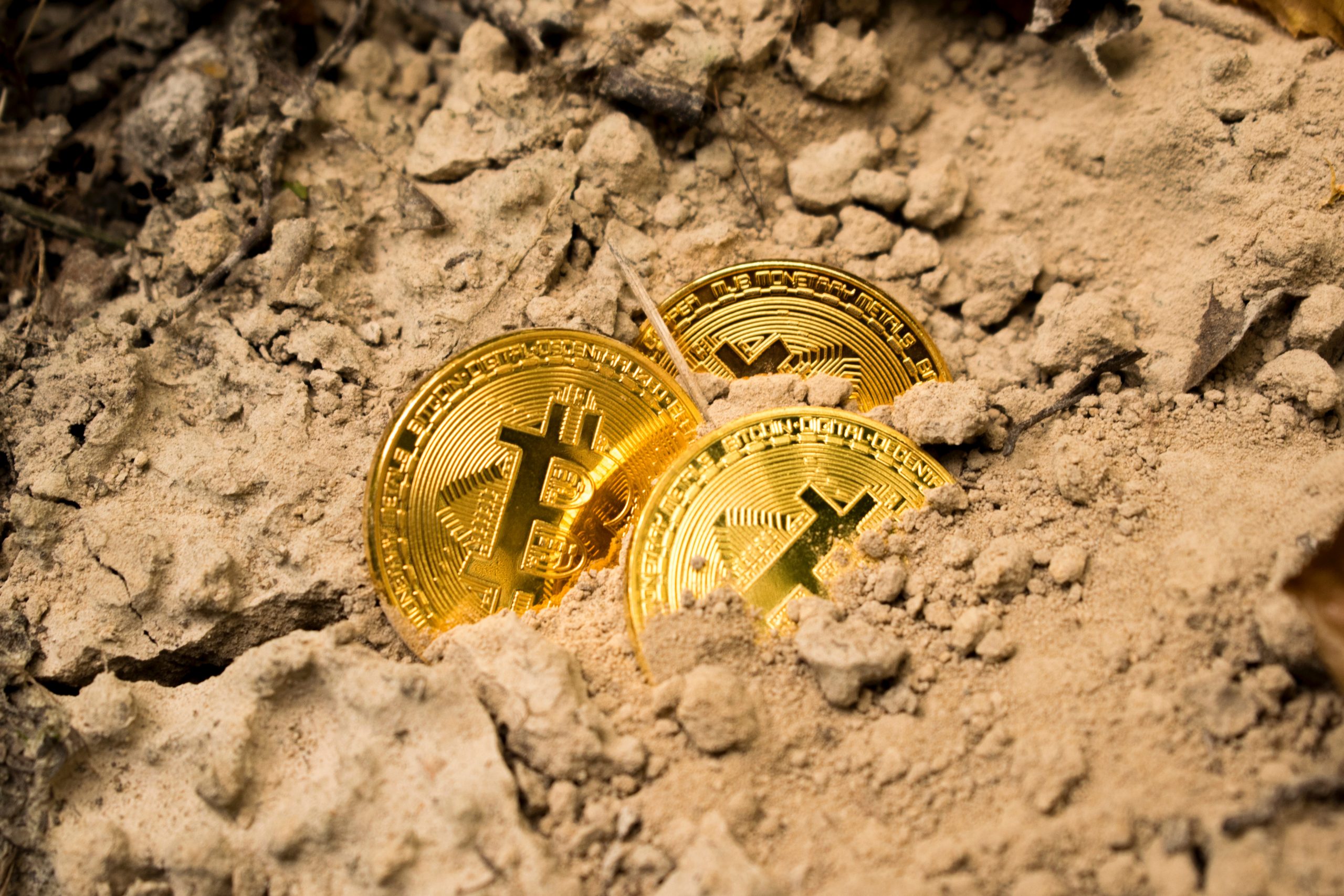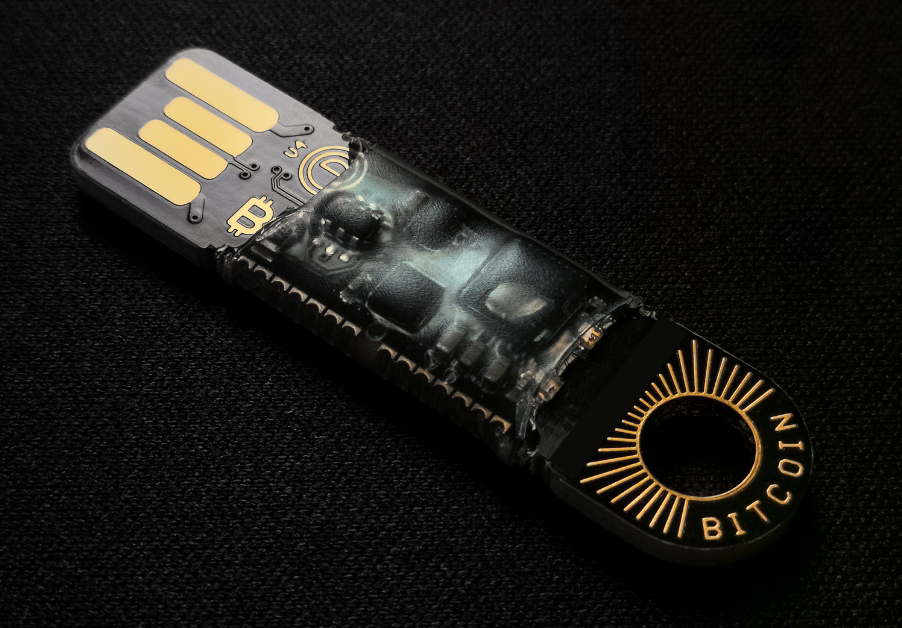By now, we’re sure you’ve heard all about Bitcoin and the wonderful world of cryptocurrency (why else would you be here?). But if you didn’t already know, Bitcoin is the world’s oldest and most enduring cryptocurrency. It is the first digital currency to utilize the technology known as the blockchain, allowing it to be completely public and most importantly, decentralized! This means that it is free from tampering by a third party, and it also means no one person can control Bitcoin. If you would like a more in-depth look at what Bitcoin is and how it works, we have a great article about it here.
In Bitcoin for Dummies, we’re going to look at some surprising facts that we hope can help you in understanding the basics of Bitcoin.
1: You don’t need to be a miner to get Bitcoin, dummy!
So, you know that Bitcoin can be mined, right? Well, before you spend some serious cash on an electricity-guzzling mining rig, be aware that the best and easiest way to get Bitcoin is by purchasing them on a trading platform. There are plenty of them out there that provide this service, including your favourite, VirgoCX! You can buy Bitcoin off of our platform with zero fees. If you’re still nervous about jumping into the world of Bitcoin, we have an article that can make sure you’re moving in the right direction.

2: Bitcoin can be stored online and offline.
There are plenty of ways to store Bitcoin online, the most common of which is the Bitcoin wallet. In concept, it is the same as having a physical wallet, except it is used to store the cryptographic information of your Bitcoin rather than physical pieces of currency.
The most popular wallets are mobile wallets or apps that you can get on your phone which you can use to transfer Bitcoin over to. Desktop wallets are the extension of mobile wallets in that you can either access them directly as an app through your computer, a browser, or a browser extension. These online wallets all work the same way in that they generate a private key (either a string of characters or a QR code) that you can use to transfer funds over. This is the most popular way of storing Bitcoin and also the easiest to use! Be sure, however, to always remember your credentials and transfer them between your devices, or else you could lose your Bitcoin forever.
But, did you know that you can also store Bitcoin offline? Offline storage, otherwise known as a cold wallet, is a method of storing Bitcoin without an internet connection. This is one of the most secure ways of storing Bitcoin or any other cryptocurrency because there is a much lower risk of your funds being compromised.
Hardware wallets — your keys are stored within a secure device that is protected against viruses or tampering (usually USB-based). These can be expensive though, so consider using a hardware wallet when you have a serious amount of Bitcoin that you need to keep safe. Like always, you must be very diligent to keep track of where you put your hardware wallets (some people even keep these in safes!) as if your keys are lost, you can risk losing your Bitcoin.
Hybrid wallets also exist, which combine the security of cold storage with the connectivity of hot wallets. In essence, these allow you to send and receive cryptocurrency as with any connected wallet. For instance, VirgoCX utilizes Ledger Vault, which takes the concept of hybrid storage on a much larger scale; private keys are passed through encryption before being stored in a hardware security module (HSM), completely isolated and monitored around the clock by dedicated security teams. This is an extremely secure way of storing funds while still having them accessible at any given moment.
3: You don’t always need a wallet to store your Bitcoin.
If you’re still starting out, it’s a great idea to store your Bitcoin on a trusted trading platform, just like ours! You don’t always need a Bitcoin wallet; exchanges and trading platforms have multiple layers of security, including methods like 2-factor authentication (2FA) that ensure that nobody can access your funds without your permission. They also leverage the industry-leading wallet technology that ensures your cryptocurrency is free from tampering and that you can have peace of mind when you aren’t trading.
4: You don’t have to buy a whole Bitcoin!
While one Bitcoin might seem like a small fortune, you can actually buy in Bitcoin at any increment you want. Bitcoin can be divided into a satoshi (or sats, named after Bitcoin’s pseudonymous inventor Satoshi Nakamoto) which is a hundred millionth of a Bitcoin, or 0.00000001 BTC. This means that regardless of how little or how much you want to put into Bitcoin, there are no barriers that force you to round out to a certain amount.
5: There’s actually a limited supply of Bitcoin
One of the reasons that make Bitcoin an important digital asset is that it was created with a hard limit. If you didn’t know, that limit is 21 million Bitcoins. According to Statista, there have already been approximately 18.67 million Bitcoins mined as of March 28, 2021, which means that there are only around 2.33 million left. You might be thinking that this means we’re near the end of the Bitcoin mining process and you would be correct… To an extent. That brings us to our next surprising fact!

6: Bitcoin gets “halved” every four years
And no, we don’t literally mean that the amount of Bitcoin is going to get cut in half. When Nakamoto was creating Bitcoin, he programmed an artificial process into its code known as Bitcoin halving. To understand this, we must understand the basic concept of mining, which is when a person uses their own computer to process Bitcoin transactions on the blockchain. As a reward for expending their resources and processing blocks, they are distributed chunks of Bitcoins. Halving occurs once 210,000 blocks on the blockchain have been processed, roughly equivalent to every four years. This cuts in half the amount of Bitcoin going into circulation, slowing the mining process.
Due to the nature of this process, we actually won’t see the entire 21 million supply of Bitcoins to be mined until 2140. See you then!
7: Bitcoin isn’t actually the oldest blockchain
The technology behind Bitcoin, the blockchain, might seem like a new invention, but in actuality, the concept has been used since 1995 by the New York Times. Two research scientists, Stuart Haber and Scott Stornetta, devised a way to create an unforgeable, digital time stamp. In creating an algorithm that made this time stamp free from being tampered with, they invented the concept of the blockchain, manifesting as a string of hexadecimal characters, otherwise known as a hash. They would then send this hash to a time-stamping service, who would sign and verify the hash to confirm the time it was sent and that it wasn’t corrupted, in a process similar to how mining works now.
At the bottom of every classified ad section in the New York Times since 1995, this hash has been present as a way of verifying the authenticity of paper’s contents from issue to issue. Interestingly, in Bitcoin’s white paper, Satoshi Nakamoto actually cited three of Haber and Stornetta’s research documents when devising the concept of Bitcoin. How cool is that?

8: You can use your Bitcoin to go travelling
The great thing about our modern world is that there are a countless number of places that accept Bitcoin as an alternative payment method. Back in the day, there were only a handful of online stores that accepted Bitcoin. As a matter of fact, it was even a big deal when somebody used their Bitcoins to order pizza. Nowadays, we’re no longer limited to online shopping or ordering pizzas – using Bitcoin has become easy.
Thinking about buying a car? Tesla now accepts Bitcoin. What about video games? You can use Bitcoins to load up on your Microsoft account, which you can then use to buy apps through their store. Like to stream? Twitch has been accepting Bitcoins as a form of payment for a while now, and you can donate to your favourite streamers with Bitcoin too! Planning on taking a trip? You can even use your Bitcoin on Expedia and other travel agencies, meaning your crypto can literally get you anywhere you want. Not only that, but a wide range of online shopping retailers like Shopify and Rakuten are all able to support Bitcoin transactions, as well. And all of these are just examples of how you can use Bitcoin!
9: You can donate your Bitcoin to charity!
Why not use your Bitcoins towards a good cause? In Canada, there are quite a few charities that now take cryptocurrency for donations. Here are a few to consider (if you want a comprehensive list, check out cryptogiving.ca:
- The Canadian Red Cross: That’s right, the Red Cross now takes cryptocurrency donations. Use your Bitcoins to help Canada’s capability in mobilizing aid all around the world!
- War Child Canada: War child is a charity that provides education access to children in war-struck regions.
- Pathways to Education Canada: Pathways helps youth living in low-income communities to graduate from high school and realize their full potential.
- Project Give Back: A learning program that helps elementary students with their growth in becoming empathetic and community-minded citizens.
- SickKids: The Hospital for Sick Children is based right in Toronto and is the largest center dedicated to improving child health in the nation. VirgoCX is supporting SickKids Foundation by exchanging cryptocurrency into fiat currency donations. In fact, last year we held a Crypto for Charity online event to support SickKids’ three campaign pillars. So if you were thinking about making a cryptocurrency donation to SickKids, please reach out to us directly!
And that concludes Bitcoin for Dummies. Hopefully, you learned a thing or two and have graduated from being Bitcoin dummies! If you want to learn more about Bitcoin or other cryptocurrencies and how they work, check out our blog at learn.virgocx.ca.


Jade Barcelon is a writer from Capilano University’s School of Communication. In his spare time, he enjoys playing music, gaming, and staring at candlestick graphs.
Disclaimer: No Investment Advice The contents of this article are for informational purposes only and are not intended as, and shall not be understood or construed as, investment advice, financial advice or trading advice. There are substantial risks associated with the trading of cryptocurrencies and you should consult with a licensed financial advisor prior to making any trading or investment decisions. Content Not Warranted The contents of this article are provided “as is” and without warranties of any kind. You bear all risks associated with the use of the content provided including without limitation, any reliance on the accuracy, completeness or usefulness of any content available within this article.
Follow us on social!



